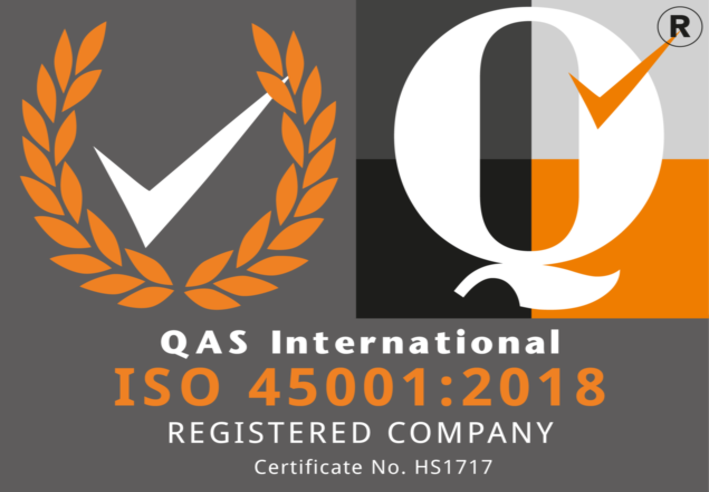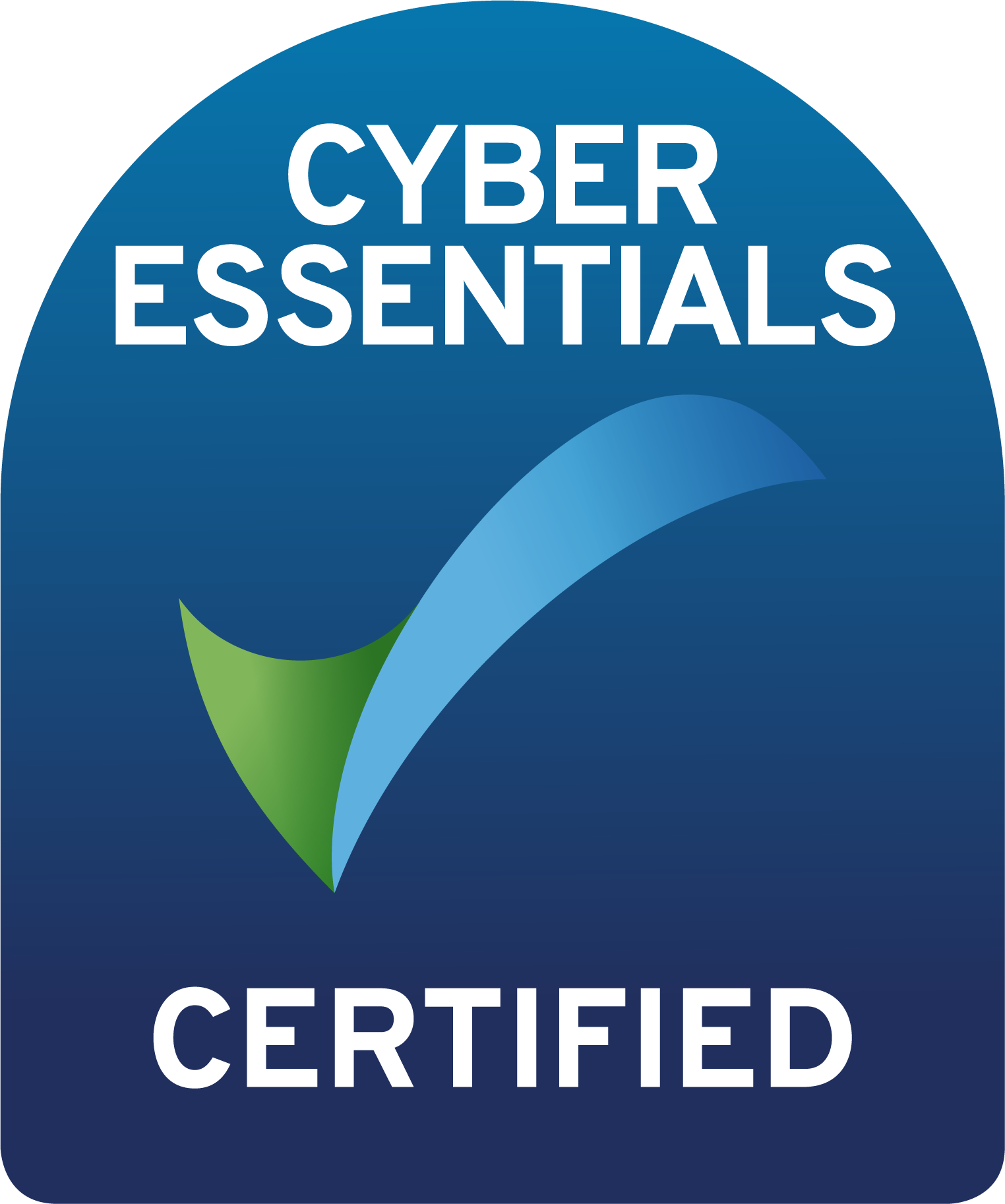Air Quality for Ports
When you need to monitor air quality, and view and share data quickly and easily
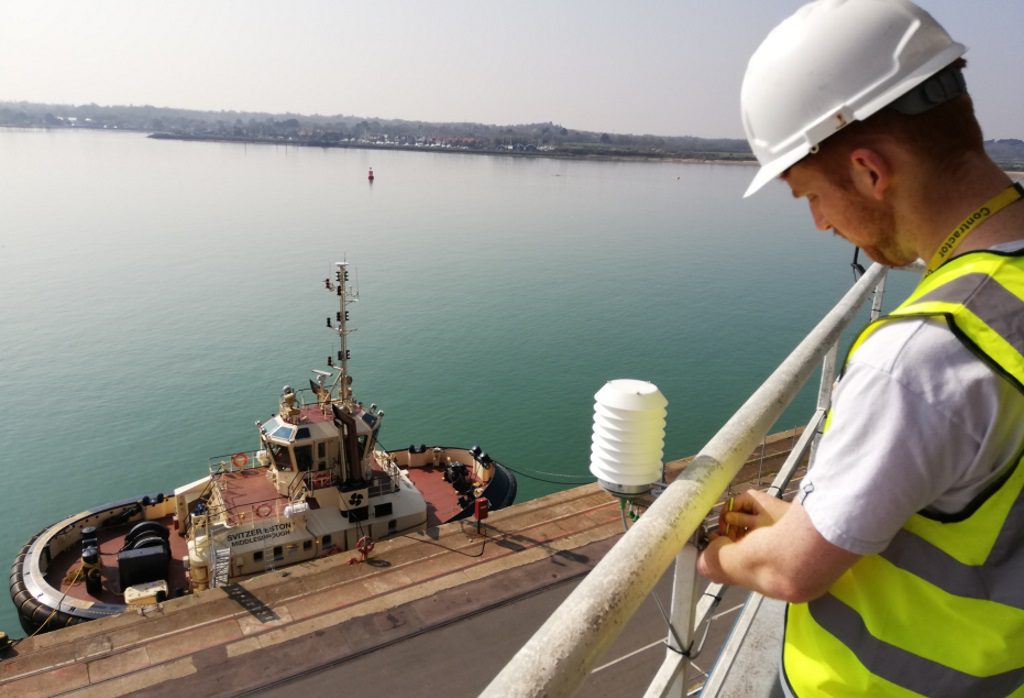
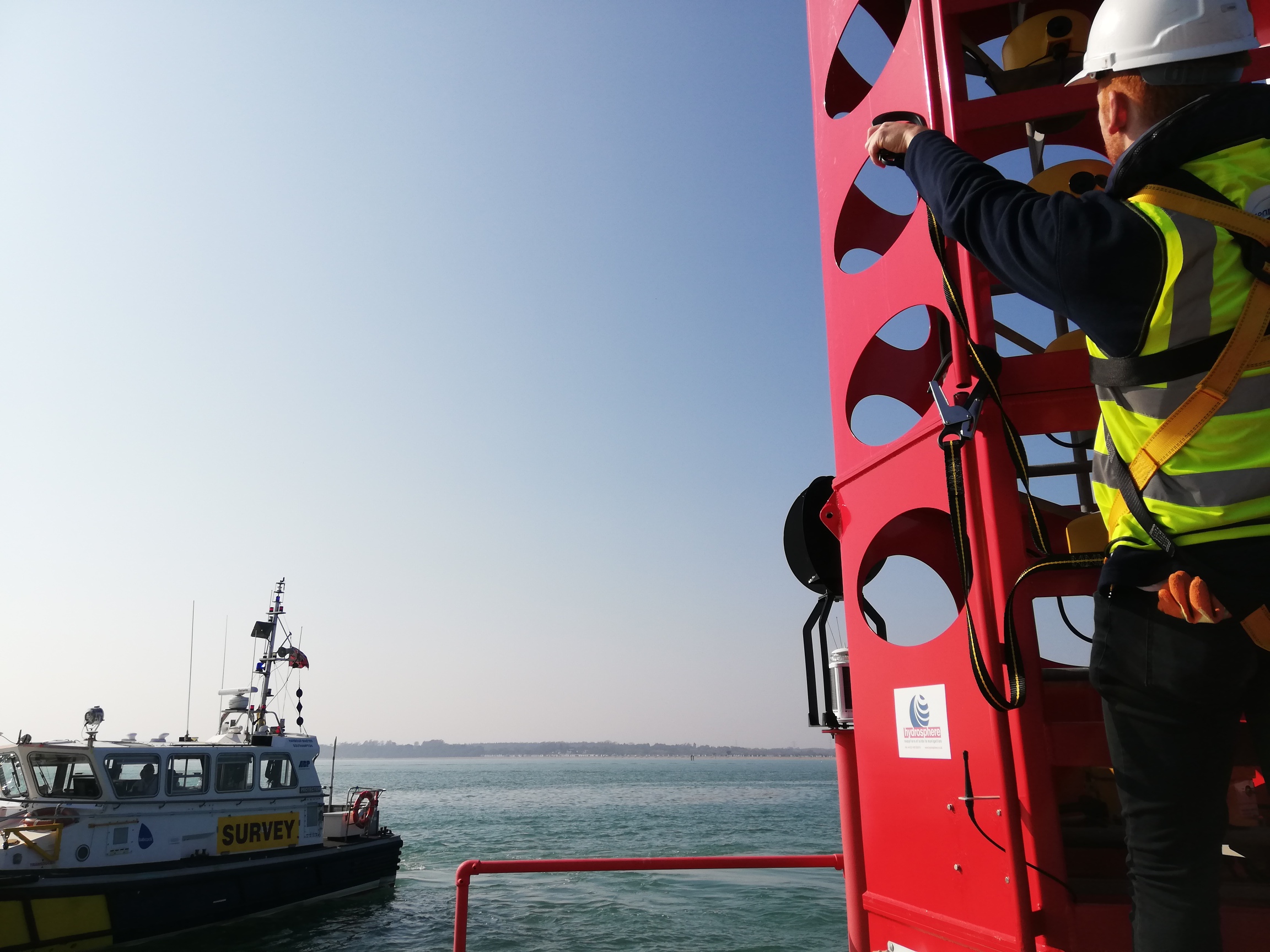
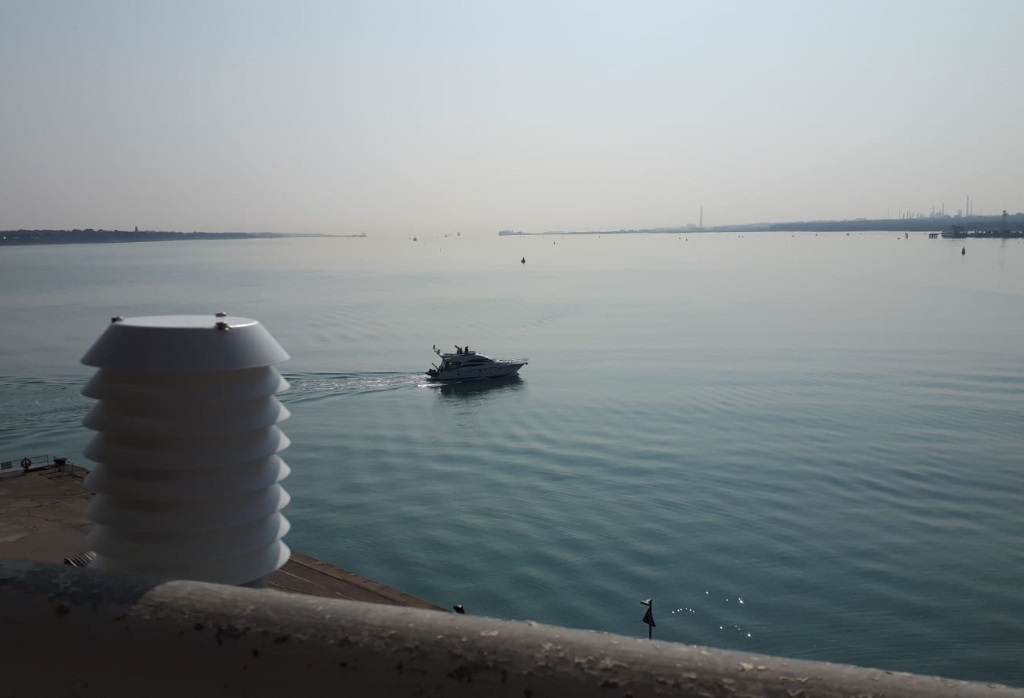
“The [ports] industry is keen to play its part and work with the Government on improving Air Quality but this must be done holistically and using credible evidence”. Mark Simmonds, Policy Manager, BPA.
Where are we now?
The port Air Quality monitoring journey starts by gaining an understanding of the current situation or ‘where are we now’. All ports are unique, with a varied and often dynamic range of characteristics which contribute to port emissions including:
- Port Operations
- Shipping Operations
- Surrounding industrial units/facilities
- Transportation incl. roads, rail, air
- Urban dwellings
- Leisure activities
- Offshore Infrastructure
- Weather and environmental influences
It is often hard to pin-point the exact origin of emissions and therefore a holistic view and structured approach is required.
In order to confidently report on emissions means you need to monitor them. Environmental monitoring is already an integral part of many port operations – and Air Quality should be no different. Careful consideration needs to be taken over the monitoring equipment you use (the sensors), where and how the monitoring should take place (number of sites and their location e.g. onshore and/or offshore), the need for supplementary and supporting data (wind and weather), and how you manage the data once collected (frequency of transmission, storage, real-time visualisation, sharing, reporting, input to predictions etc.).
How can we help?
OceanWise has been supporting ports globally for over ten years and has quickly become the ‘go-to’ provider of advice in respect of marine environmental data management and monitoring systems. Our data platform works with all types of sensors – so, if you already have Port-Log installed in your port, then we can help in terms of measuring and managing Air Quality. See our case studies for customer stories and examples of our recent projects.
You don’t need a whole new system!
If you already have the OceanWise data platform ‘Port-Log‘ in your port, you can simply add your Air Quality sensors to this system, instantly providing those who need it with real-time data without the requirement for a new system or integration and training in yet another software package/application.
If you don’t have ‘Port-Log‘, don’t worry, installation is quick, cost-effective and easy, and your Air Quality sensors can be included as part of an overall network that can include tides, wind and weather, water quality, waves and currents etc. Our tried and tested system is used all over the UK and around the world and provides a robust service, with data management expertise and technical support built in.
Our Services include:
- Establishing your emissions baseline and inventory
- Design a network tailored to your requirement, taking in to account existing sensors
- Supply and installation of Air Quality (and other) sensors from leading manufacturers
- Data display, sharing and publishing
- Ongoing support and maintenance
By monitoring Air Quality we will help you answer:
- What are my baseline emissions?
- How do the emission levels and types differ across geographic areas in and around my port?
- What are the pollutant concentrations?
- What emissions levels are there offshore?
We advise on:
Sensors, systems, enclosures, power supply, telemetry, data display and other equipment
FAQ’s
Why use digital sensors?
Digital sensors are expensive but by installing a good quality digital unit you will be ensured of collecting consistent, accurate and reliable data (i.e. hard fact emission data). Digital sensors allow you to identify the types and levels of emissions present around the port and start to address what the sources of pollution might be. Once you know this, you can make strategic plans to tackle emission levels and implement progressive changes.
How do I develop an evidence base on emissions?
- Understand what is driving your Air Quality strategy
- Understand which pollutants are of concern to you
- Understand the key sources of emissions in and around your port
- Decide upon the area that you wish to cover under your Air Quality Strategy
- Decide on the timelines of your Air Quality Strategy (1 year plan? 5 year plan?)
- Decide on your data sources and how this data will be managed and used
Why should I establish a baseline?
The baseline is usually a set of results from the year of the latest available data that you have for each emissions source. If you don’t have baseline data you will need to establish some through monitoring. Once you have your baseline – you can then run some future projections (ideally you would run a number of projections including a ‘if we did nothing’ scenario). Your baseline will become the building block for your strategy and future reporting regime.
What is driving ports to take actions with regards to Air Quality?
- Air Quality Management Areas (AQMA’s) which are linked to the National Air Quality Objectives. Local Authorities (LAs) have a duty to assess Air Quality in their areas of jurisdiction. Those LA’s with ports in their area of responsibility will include ports as a contributor and will work with them to establish the level of emissions and ultimately reduce these to acceptable levels.
- Clean Air Zones and the UK’s Plan for tackling Roadside No2 Concentrations
- The UK Government’s Clean Air Strategy and within that, the Clean Maritime Plan
What is the Clean Air Strategy?
- Clean Air Strategy
- Those effected: “Major Ports” in England moving in excess of 1million TEU
- Covers emissions from shore side to shipping (on and offshore)
- Due by end of 2019
Why should I care about Air Pollution?
Aside from the legal requirements and governments plans, Air Quality should be a concern for everyone as it can significantly contribute to human health issues. Studies are ongoing about the impact that port emissions can have on health. For example, see Dr Matt Loxham’s presentation at our November 2019 Workshop.
How do I know how many sensors I need?
As each port is unique, the only way of establishing this is by doing an Air Quality site survey and review. We work with leading Air Quality sensor manufacturer, Vaisala, to provide this service using their experts in the field.
What are the key pollutants covered under the Clean Air Strategy?
- Particulate Matter (PM 10 & PM 2.5) – sources include: Industry, Transport, Domestic Burning
- Nitrogen Dioxide (N0x) – sources include: Transport, Energy generation, Combustion
- Sulphur Dioxide (S0x) – sources include: Energy generation, Combustion
- Ammonia (NH 3) – sources include: Agriculture (Not usually relevant for Ports)
- Volatile organic compounds (NMVOCs) – sources include: Industry, Agriculture, Household products
- Green Houses Gases (GHG): Transport, Industry, Energy generation, Combustion
What are the implications of developing an Air Quality strategy?
- Fulfilment of legal and social requirements
- Project future impacts using your evidence and modelling tools
- Decide upon mitigation actions – prioritising contributing factors
What is the difference between emissions and concentrations?
- Emissions: Which is the largest emissions (i.e volume / per year) source? This refers to the quantity emitted by a source or number of sources
- Concentrations: Which source is contributing the most to pollutant concentrations? Location is important to identify the point of exposure







